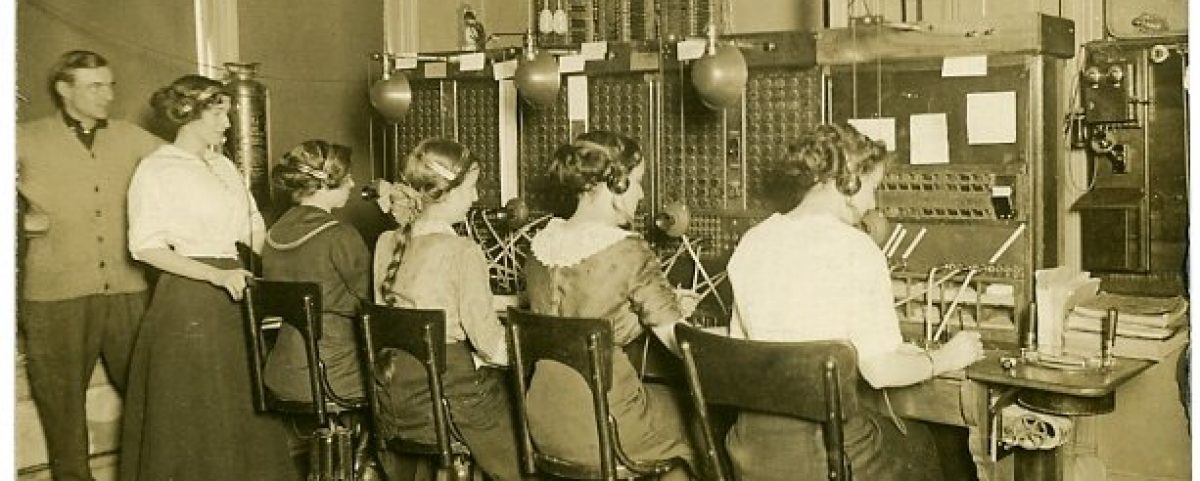
RIDGLEY, MD — June 1, 2013 — As evening descended on Caroline County on this hot Saturday in late spring, an inquisitive group of about 25 people gathered at the Adkins Arboretum to celebrate the opening of a “Journey Begins: nature’s role in the flight of freedom.” The nonprofit, with generous support from the Maryland Humanities Council and the Maryland Heritage Area Authority, was introducing its high quality, self-guided audio tour that explores the role of nature on the Eastern Shore for those in pursuit of freedom via the Underground Railroad.
Following opening remarks by Arboretum staff, guest grabbed audio players and strolled through the thick hardwood forest of some 400 acres. By this time the sun was slowly slipping low in the sky, lengthening the evening shadows in this natural habitat as people listened to thought provoking voices, music, and sounds from another time, an era when freedom seekers leveraged opportunities in the natural environment. The “Adkins Arboretum reflects the conditions through which slaves traveled en route to freedom, and serves as a dramatic vista to experience the little-known relationship between nature and the Underground Railroad,” the staff noted as they introduced us to the product.
In this native environment, the cross-section of history, cultural and the natural landscape, combine on this Eastern Shore preserve to allow for a vivid presentation about the stories of the Underground Railroad. With its forest, thickets, marshes, rivers, and creeks, it is the perfect spot for a modern audience to grasp conditions slaves had to pass through en route to freedom
As we spent a peaceful, enjoyable hour walking through the reserve on this first day in June, stories about how the railroad made its freedom runs echoed through the woods. Along the way, as we ambled on paths and over creeks, our audio guide revealed the stories of flights to freedom in an engaging way, vividly helping us understand the intersection between history and nature.
It was a powerful presentation, creating a tangible sort of reflection on the past. We had first experienced this type of program about two years ago, when Underground Railroad Expert, Tony Cohen, presented two walking tours. We attended both and found his presentation to be excellent so we were excited to see that the preserve was again drawing on Tony’s expertise to shape the self-guided audio tour.
Tony’s an outstanding guide and teacher and he personably engaged everyone in those first two walking tours group. The lessons were powerful, exactly the way the study of our heritage should be presented in the 21st century. We’ve attended many lectures on the Underground Railroad, but we’ll remember the details of this one for a long time thanks to the way the program was put together and delivered.
Adkins Arboretum is a 400-acre native garden and preserve on Maryland’s Eastern Shore dedicated to promoting the appreciation and conservation of the region’s native plants. Four miles of paths along streams, through meadows and native plant gardens, and under the shade of a rich bottomland forest attract nature lovers, gardeners, students and birders. The Arboretum offers programs year-round in ecology, horticulture, and natural history for all ages. The site features over 600 species of native shrubs, trees, wildflowers, and grasses.
Thank you Adkins Arboretum for producing an excellent program, and filling a needed niche with quality, new programming and delivery.



 Two-hundred years ago, news of a national or regional emergency moved only as fast as someone could carry the message. So when the British entered the Bay and we found ourselves on the frontline of the War of 1812, those urgent dispatches containing critical information came by word of mouth or in letters and newspapers carried by the U.S. Mail. But regardless of the method of conveyance reports moved only as fast as a horseback rider, the stage coach, or a boat could speed along on the journey.
Two-hundred years ago, news of a national or regional emergency moved only as fast as someone could carry the message. So when the British entered the Bay and we found ourselves on the frontline of the War of 1812, those urgent dispatches containing critical information came by word of mouth or in letters and newspapers carried by the U.S. Mail. But regardless of the method of conveyance reports moved only as fast as a horseback rider, the stage coach, or a boat could speed along on the journey.
